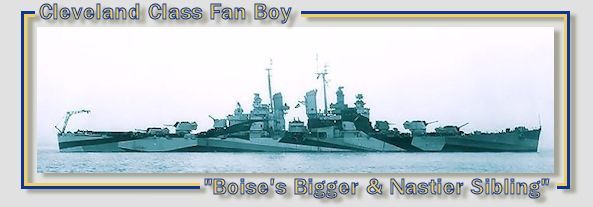ORIGINAL: jwilkerson
ORIGINAL: Cuttlefish
I am kind of on the fence about the dozens of dot hexes still to be captured. On the one hand it does take time and a certain amount of fuel to capture them and most have no strategic importance at all. On the other hand they can provide my opponent with a bit of free intelligence if I get careless. And of course they break up the nice unbroken field of soothing red dots on the strategic map with their hideous green glow.
We are going to capture all the green glowers. We've found that our opponents like to "hide" large garrisons on them - and the only way to tell if the bad guys are there is to have them as friendlies. But there are lots of them - at the rate we're going - we will still be attacking them into 1943 !!!. Maybe one day we can extend the "auto-capture" feature a bit farther - to say 2-3 hex range - that would help a lot!!!
Even a two hex range would go a long ways towards helping minimize the "clean-up" aspects of conquest.
I may have spoken too soon about the dot hexes having no strategic importance, though. Aside from what you mention about the Allied player "hiding" garrisons in them many of them can be built up into large airfields, though few of them have potential as ports. As an example, almost all the dot hexes in the chain of islands on the Indian Ocean side of Sumatra have an airfield potential of level of 5. That's a lot of possible knives aimed at Singapore and Palembang.
With no possible way to garrison all of the little bases Japan will have to maintain control of the sea and air from key bases in each area. As long as control is maintained it will be very difficult for the Allies to build up a forward base while under attack (though I suppose under the right conditions the Allied player might follow the Guadalcanal model and do it to draw Japan into a battle of attrition). If these key Japanese bases are captured or neutralized the Allied player can build forward bases where he wants.













 [/center]
[/center]


